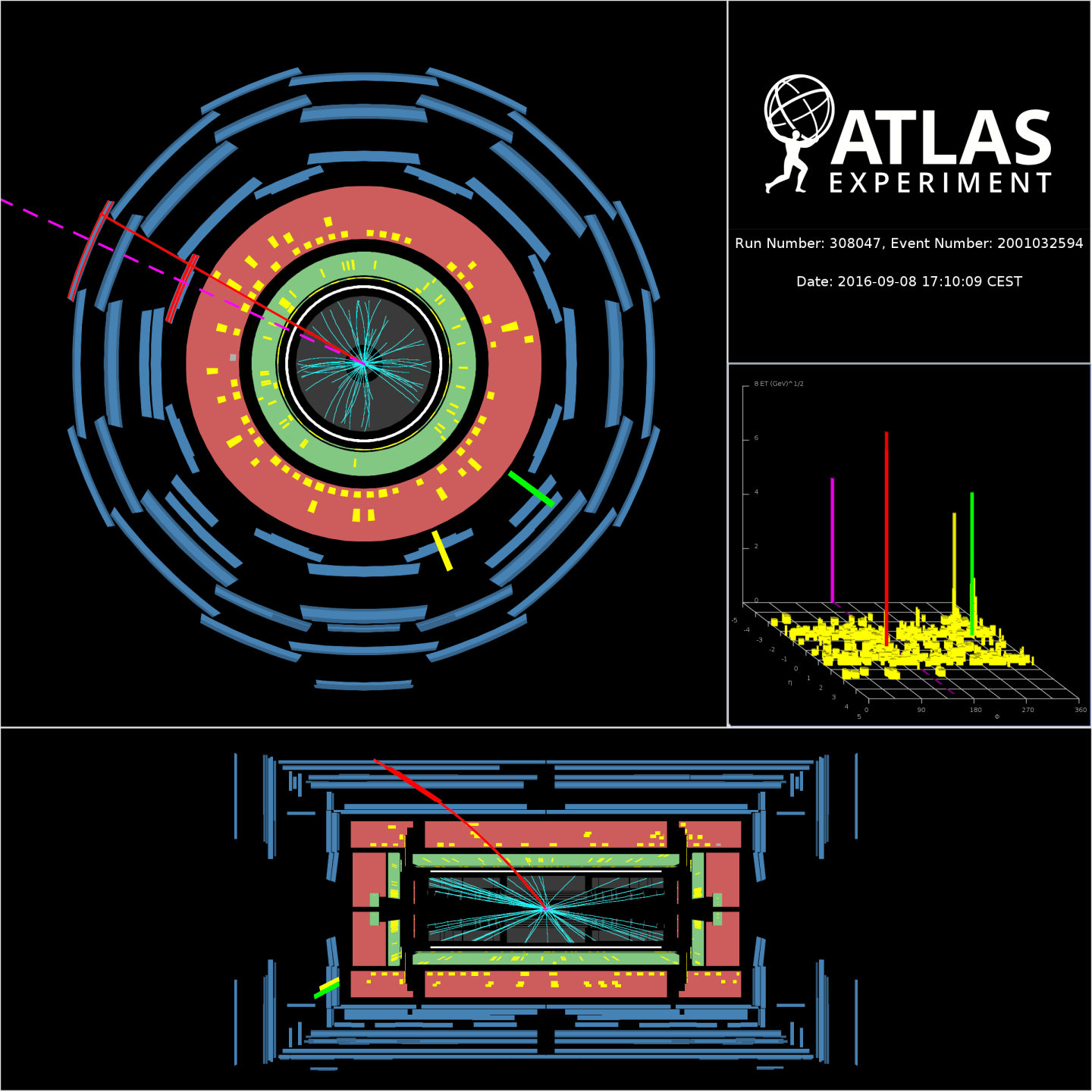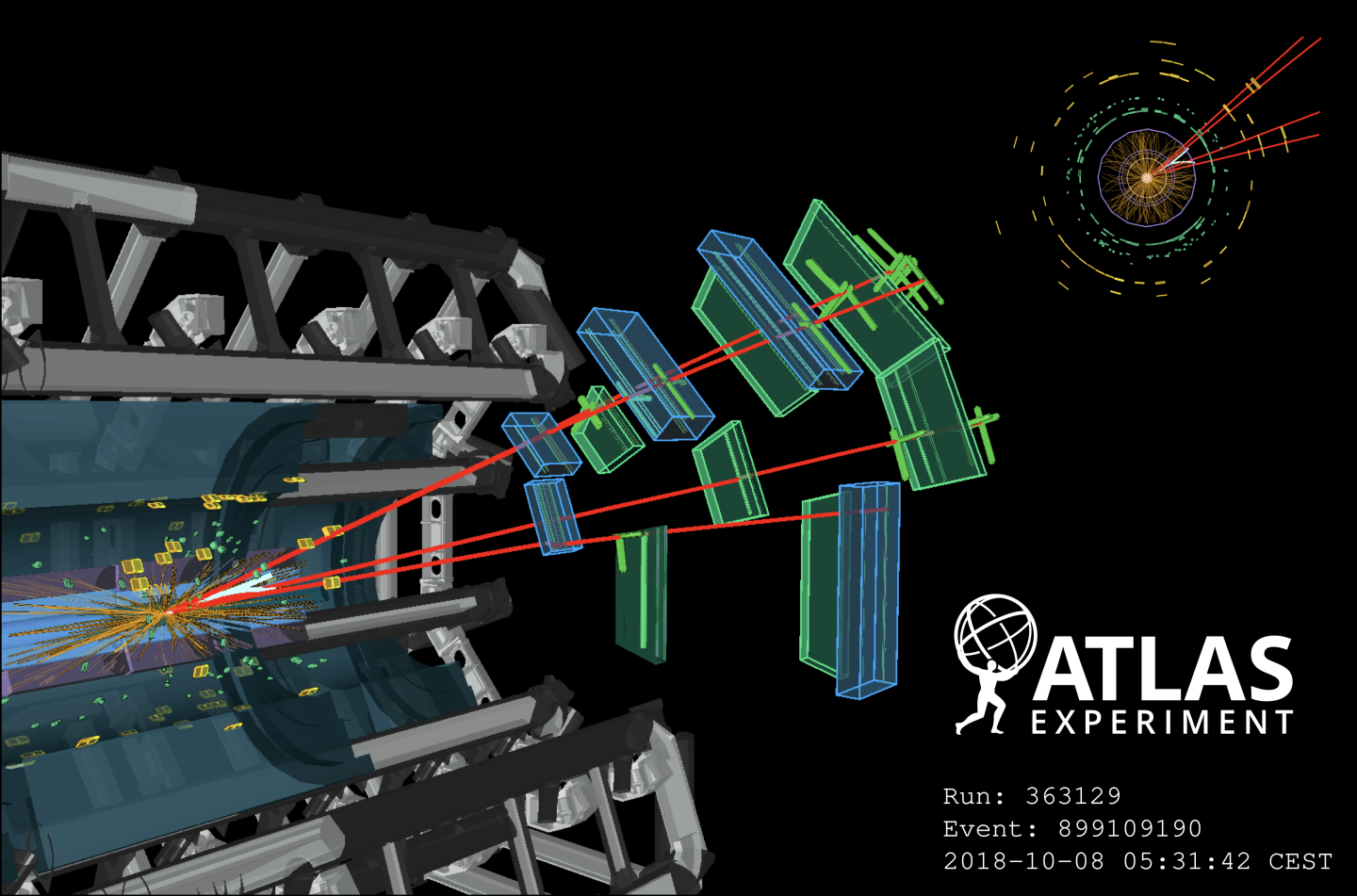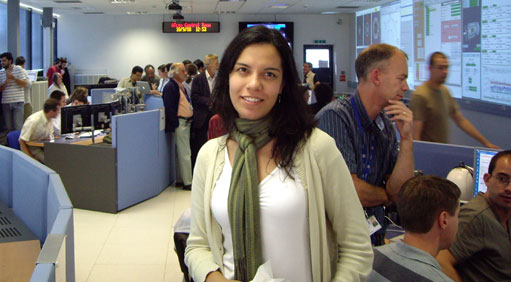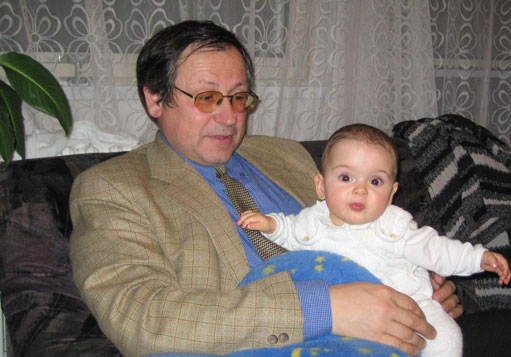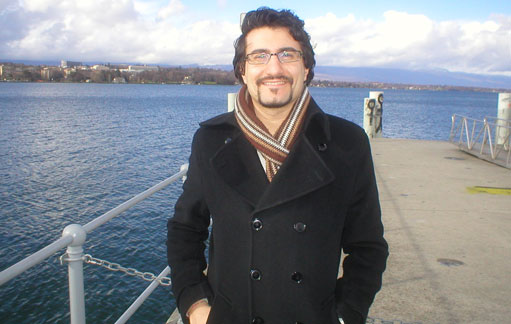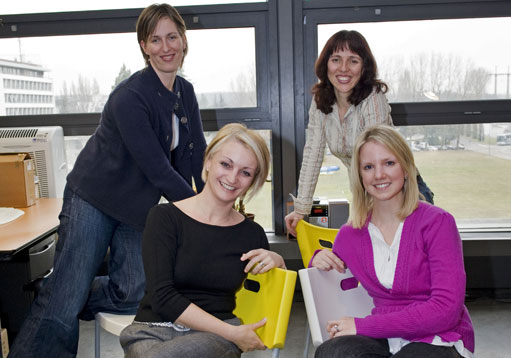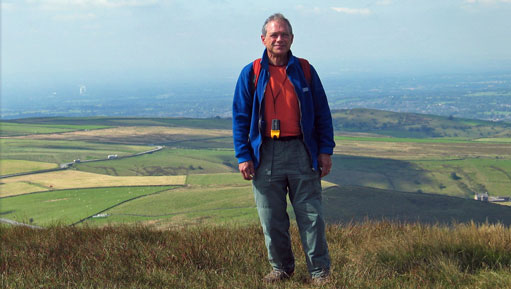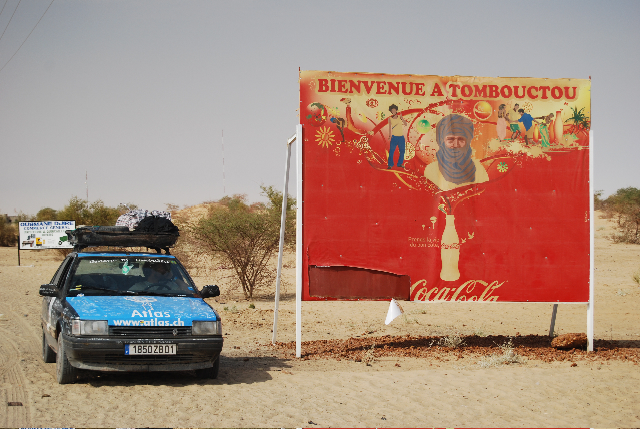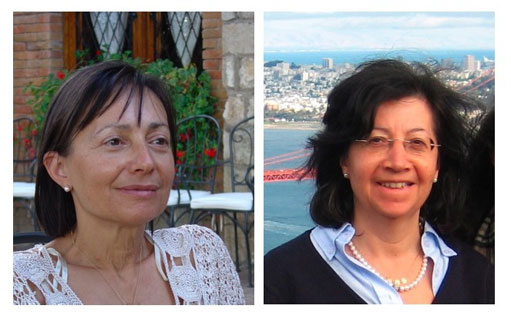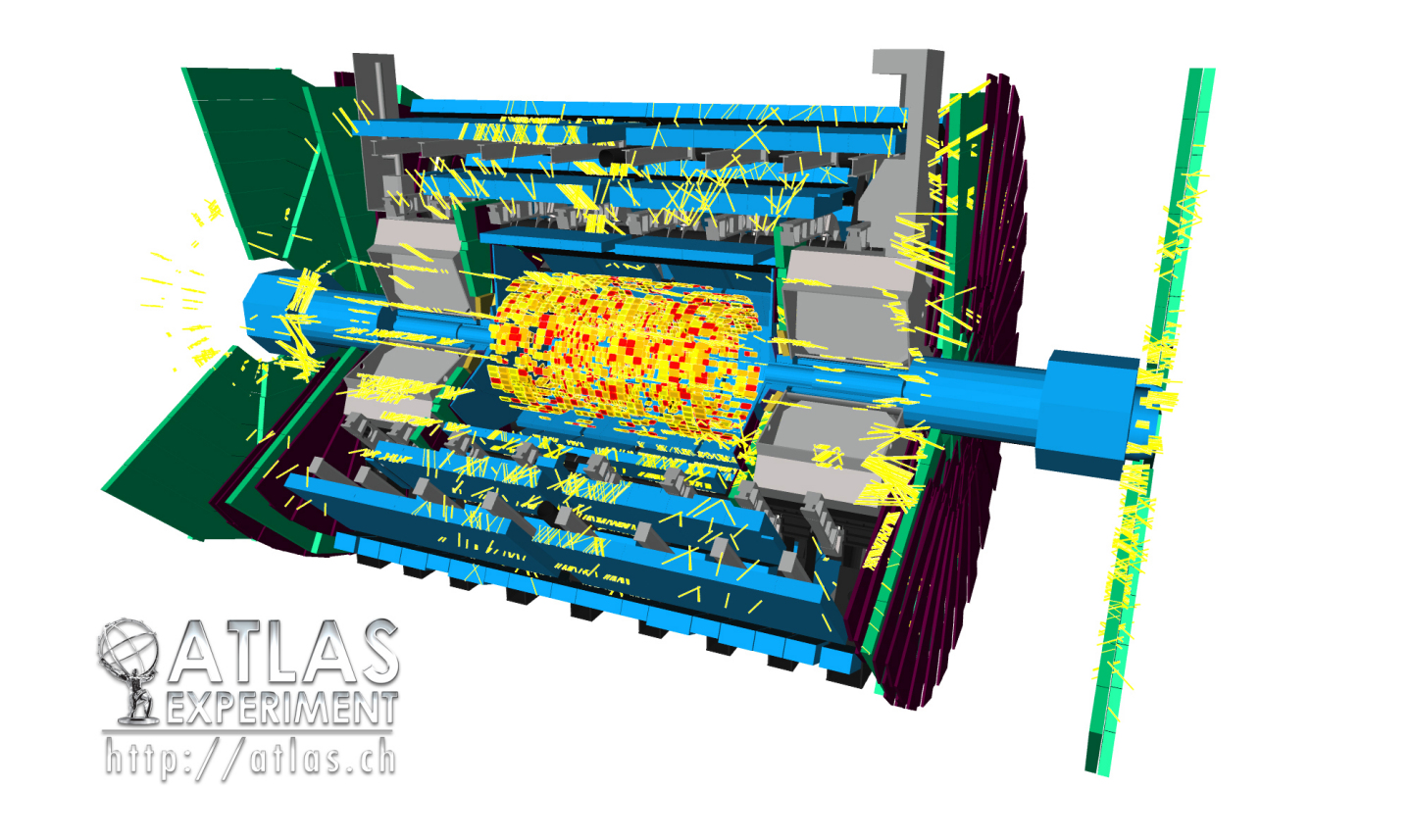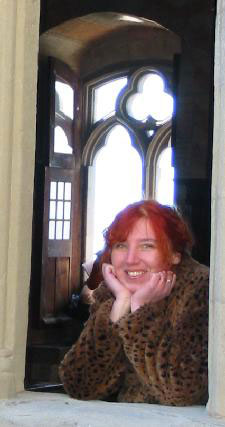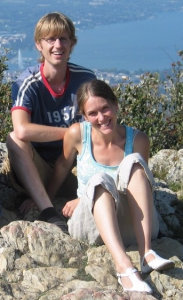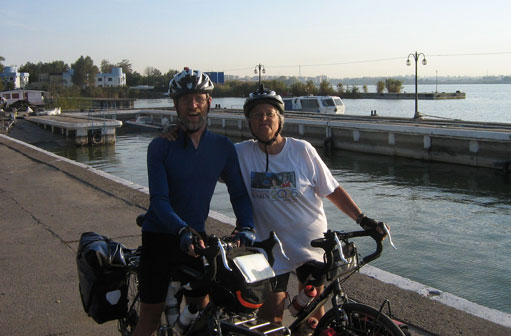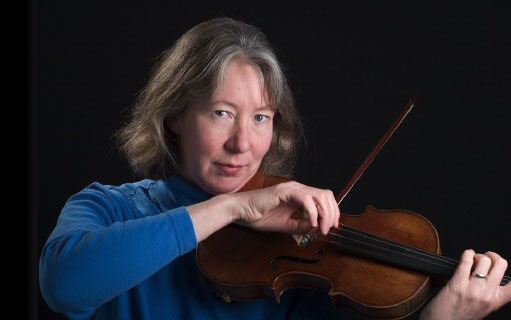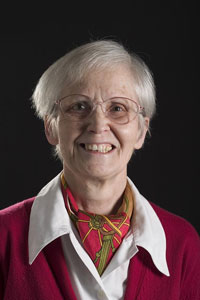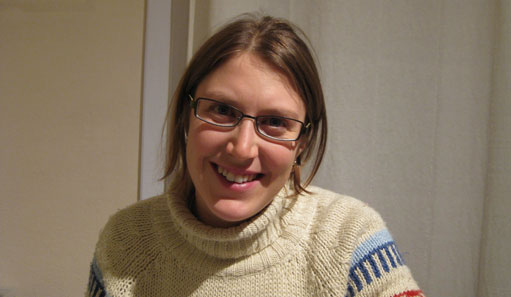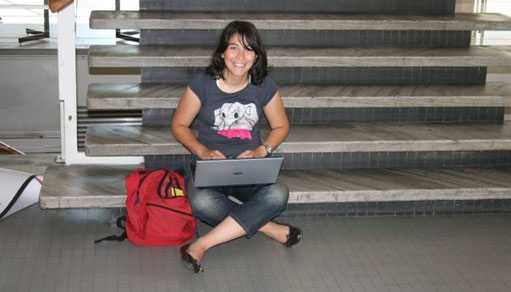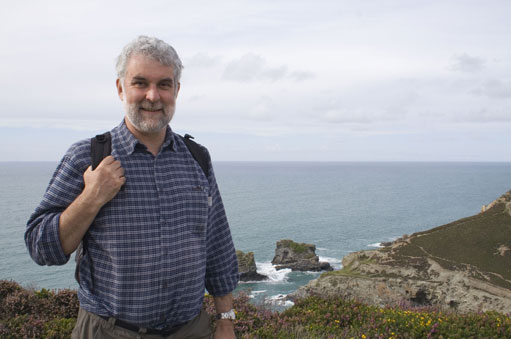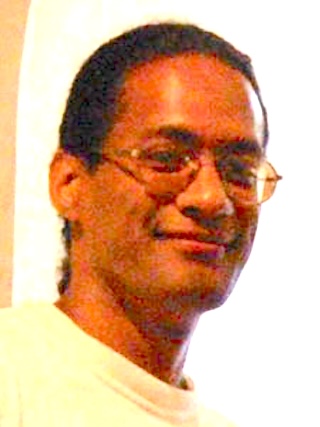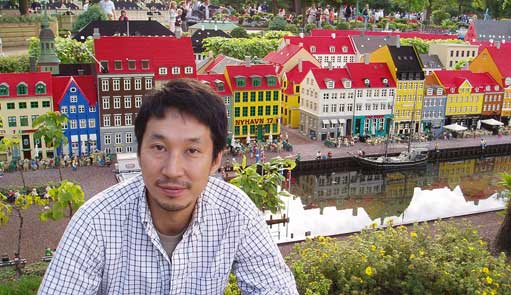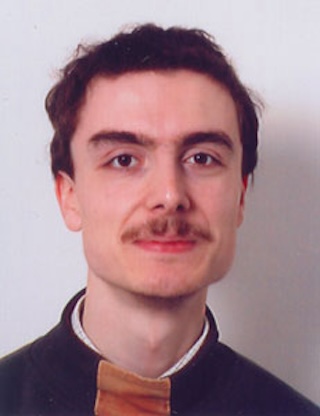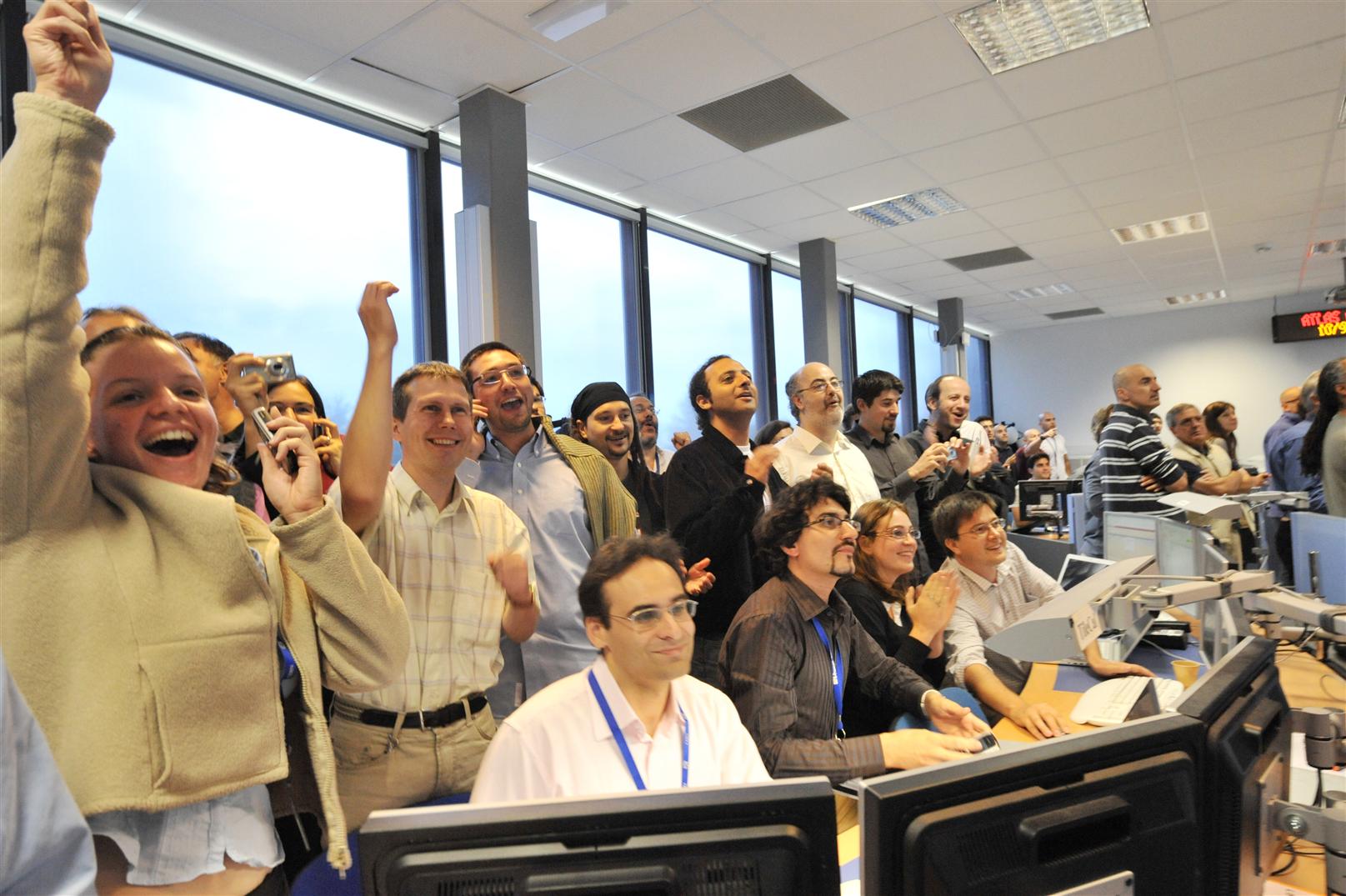Laura González Silva
Profile |
A comic takes on CERN
If you want insight into the lives of graduate students, look no further than Jorge Cham’s Piled Higher and Deeper comic series, detailing the trials and tribulations of earning a PhD. He brought his well-honed observational humour to CERN, meeting with a few graduate students and post-docs for a slice of life at the world’s largest physics experiment.
News |
A Wall ATLAS
Twenty-eight-year-old Josef Kristofoletti is a traveling artist. On the site documenting the work of his group, transitantenna.com, he writes: "I am taking a survey of American mural painting in all of its forms, looking for the best pictures across the land, and painting some along the way." One of these paintings is an image of the ATLAS detector, a 13 x 7 metre mural on the side of the Redux Contemporary Art Center in South Carolina, entitled "Angel of the Higgs Boson".
News |
Stanislav Němeček
Profile |
Andrea Dotti
Profile |
Tinseltown pays us a visit
ATLAS got a little taste of Tinseltown on February 12th, as director Ron Howard, and actors Tom Hanks and Ayelet Zurer rolled into town to promote their new film – an adaption of Dan Brown’s bestseller Angels and Demons.
News |
The ATLAS Secretariat
Profile |
Eric Eisenhandler
Profile |
The wanderer returns
Over Christmas, we followed the progress of ATLAS collaborator, Katharine Leney, as she and her boyfriend Pierre drove across Europe and Africa in a beaten up second hand car, to raise money for development charities working in Africa.
News |
Anna and Lucia di Ciaccio
Profile |
ATLAS preparing for collisions in mid-2009
The full ATLAS Experiment has been operational and taking cosmic ray data since September 2008, and high-energy collisions are scheduled for late summer 2009. Data from cosmic rays that hit the ATLAS detector are valuable to calibrate and synchronize the many detector elements. Even more exciting were the so-called “splash events” that occurred as the LHC was being tuned up starting 10 September 2008.
News |
Anna Kaczmarska
Profile |
Jonas Strandberg
“I think the money put in the summer school is among the best ways that CERN has to invest money!” says Jonas Strandberg, a Swedish physicist working on the Muon Spectrometer and Higgs Physics at ATLAS. He is another good example of the power of the CERN Summer School in drawing outstanding students into particle physics; since Jonas first came to CERN in the summer of 1998 as a physics undergraduate student, he always wanted to return.
Profile |
Chris Oram
Profile |
Pippa Wells
Profile |
Amelia Maio
Profile |
Zuzana Zajacova
Profile |
Seda Persembe
Profile |
Andi Salzburger
When ATLAS physicist Andi Salzburger finished his PhD in May 2008, he thought of doing something really special to celebrate such a milestone in his life. He ended up walking 430Km, traveling the whole length of Iceland from North to South on foot.
Profile |
Steve Lloyd
Profile |
Alex Harvey
Profile |
Soshi Tsuno
Profile |
Anthony Morley
Profile |
Thijs Cornelissen
Profile |
First beam and first events in ATLAS
ATLAS experimenters celebrated today as the first beams circulated the Large Hadron Collider in both directions. While everyone was cheering in the LHC control room, the cheers were echoed in the ATLAS and other control rooms, and in several auditoriums around CERN.
News |


